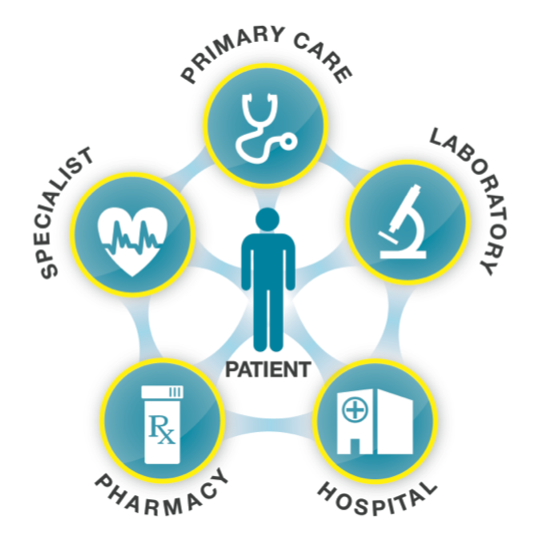The demand for electronic health information exchange among care professionals is growing along with nationwide efforts to improve the quality, safety, and efficiency of health care delivery. Meaningful use requirements, new payment approaches that stress care coordination, and federal financial incentives are all driving the interest and demand for health information exchange.
What is HIE?
Health Information Exchange allows health care professionals and patients to appropriately access and securely share a patient’s medical information electronically. There are many health care delivery scenarios driving the technology behind the different forms of health information exchange available today.
HIE Benefits
Sharing electronic patient information enables providers to:
• Access and confidentially share patients’ vital medical history, no matter where patients are receiving care—specialists’ offices, labs, or emergency rooms
• Provide safer, more effective care tailored to patients’ unique medical needs
Getting Started with HIE for Providers
The needs and requirements for health information exchange differ from practice to practice, and the solutions available differ from state to state. While several options may be available, there are specific questions physicians should be asking to determine what solution is best for them.
Interoperability Courses for providers
This five part series of web-based training help explain the process of meeting Stage 2 Meaningful Use data exchange requirements.

Health information exchange (HIE) resources at the National Rural Health Resource Center
The National Rural Health Resource Center has made available a set of practical health information exchange (HIE) resources to assist providers in understanding and implementing Health Information Exchange. Visit the HIE Toolkit Webpage for more information.

